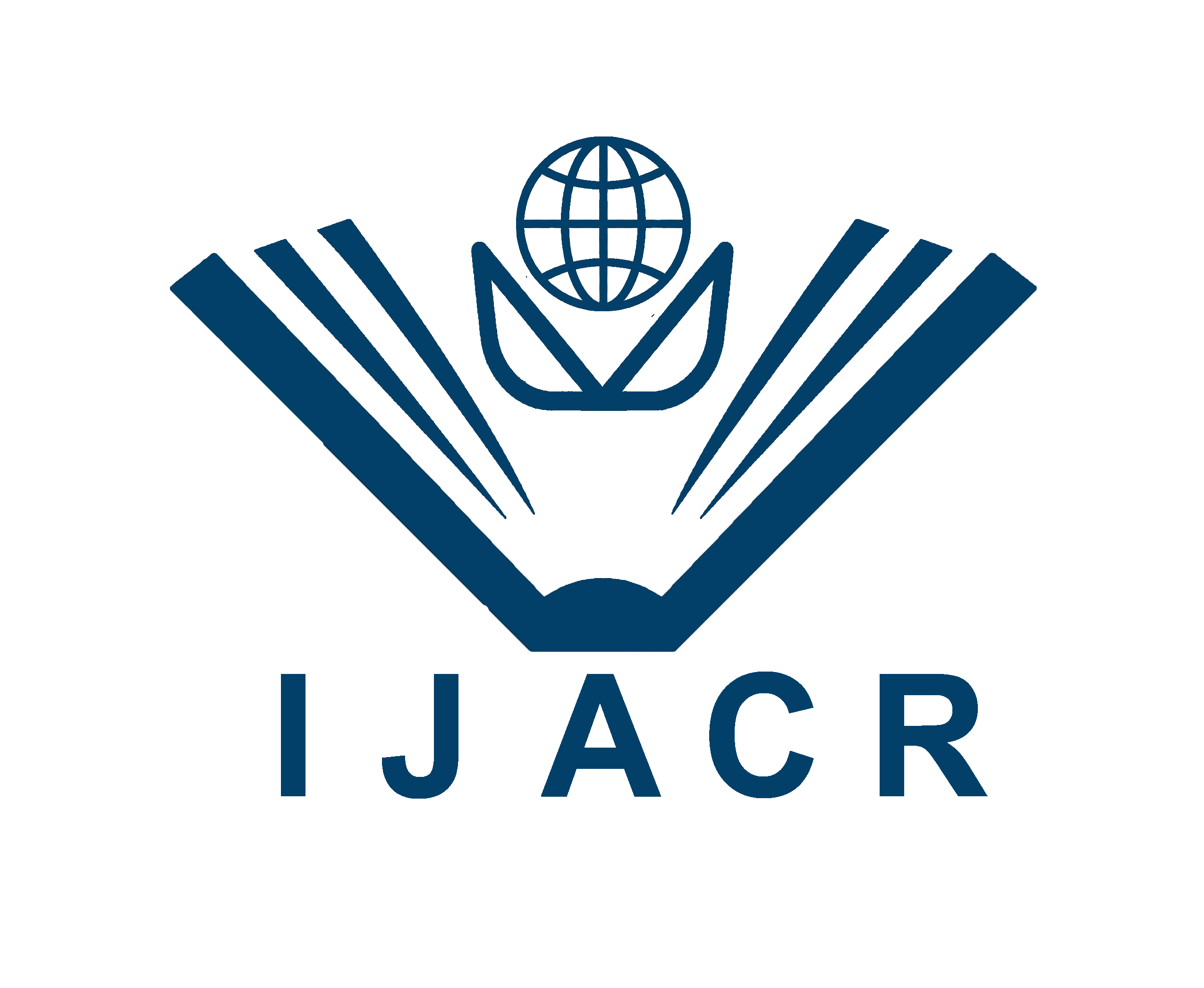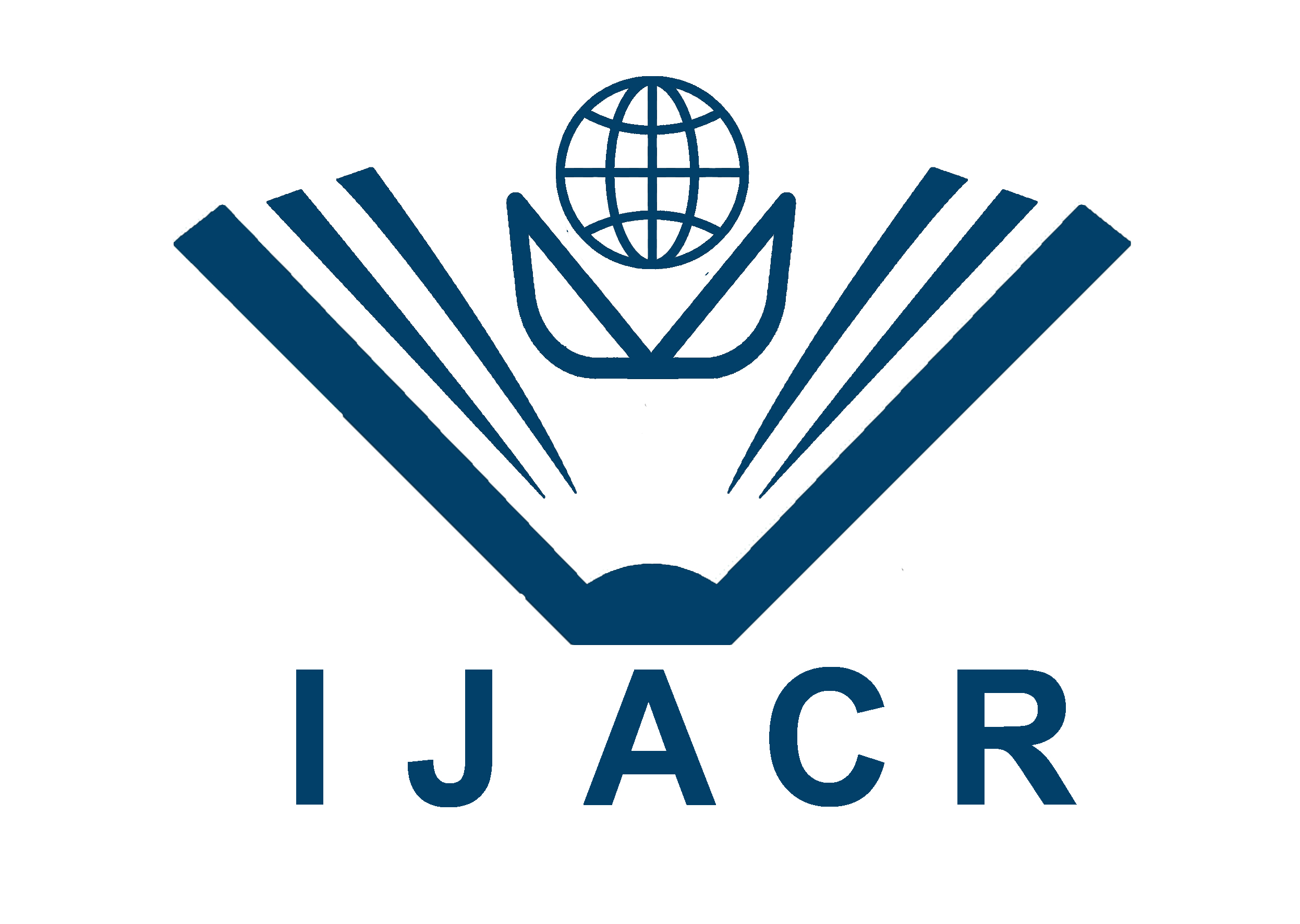International Journal for Asian Contemporary Research, 5(2): 48-53
Influence of Foliar Application of Different Types of Nano Silica on Heavy Metal Accumulation in Rice Plants
08 August, 2025 || Accepted: 29 August, 2025 || Published: 12 September, 2025
A B S T R A C T
Silicon (Si) is a beneficial element for rice, enhancing plant resistance to toxic metals. Nanofertilizers, due to their smaller particle size and unique characteristics, may offer advantages over traditional fertilizers in reducing heavy metal accumulation in rice tissues. However, the effects of nano-silicon (nano-Si) on heavy metal uptake in rice remain under investigation. In this study, a greenhouse pot culture experiment was conducted to evaluate the effects of foliar application of organic and inorganic nano-Si on rice growth, yield, and heavy metal accumulation in four widely grown rice cultivars (BRRI dhan 28, BRRI dhan 29, BRRI dhan 33, and BRRI dhan 34) grown in soil contaminated with cadmium (Cd), lead (Pb), copper (Cu), and zinc (Zn). The results showed that nano-Si application positively impacted rice biomass and yield, with hybrid cultivars showing better growth compared to traditional varieties. The average spike weight increased by 24.8% and 25.3% with organic and inorganic nano-Si, respectively. Nano-Si significantly reduced the concentrations of heavy metals, particularly Cd, in both roots and grains (P < 0.01), with inorganic nano-Si exhibiting stronger effects than organic nano-Si. Additionally, nano-Si decreased the bioaccumulation and translocation of heavy metals from roots to shoots and from shoots to grains. The average Cd concentration in grains decreased by 23.8% and 27.1% with organic and inorganic nano-Si, respectively. This study demonstrates that nano-Si has a positive effect on rice growth and yields in metal-contaminated soils and can potentially reduce the accumulation of toxic heavy metals, particularly Cd, in rice grains.
Keywords: Rice, Nano particles, Silicon, Heavy metals and Sustainable Agriculture.
Copyright information: Copyright © 2025 Author(s) retain the copyright of this article. This work is licensed under a Creative Commons Attribution 4.0 International License
To cite this article: Rahman, T.M.R., Islam, M.M., Sharkar, M.N., Hossain, M.S., Salahin,M. and Khan, M.T.A (2025). Influence of Foliar Application of Different Types of Nano Silica on Heavy Metal Accumulation in Rice Plants International Journal for Asian Contemporary Research, 5(2): 47-53.
References
- Ali, M. S., Rahman, M. M., & Khan, M. M. (2022). Nano-silicon: A promising approach to reduce heavy metal accumulation in rice. Journal of Agricultural Chemistry, 18(3), 153-161. https://doi.org/10.1016/j.jagchem.2021.12.004
- D. Y. (2015). Effects of foliar and soil application of sodium silicate on arsenic toxicity and accumulation in rice (Oryza sativa L.) seedlings grown in As contaminated paddy soils. Soil Science and Plant Nutrition, 61(1), 1–10.
- Hossain, M. M., Islam, M. S., & Rahman, M. M. (2020). Effects of heavy metal contamination on rice crops and their uptake in Bangladesh. Environmental Monitoring and Assessment, 192(8), 521. https://doi.org/10.1007/s10661-020-08286-7
- Islam, M. T., Islam, M. A., & Rahman, M. A. (2020). Arsenic contamination in rice fields of Bangladesh: Impacts on rice safety and human health. Environmental Pollution, 267, 115480. https://doi.org/10.1016/j.envpol.2020.115480
- Rahman, M. A., Alam, M. K., & Hossain, M. (2021). Heavy metal pollution in soil and water: A growing challenge to agricultural sustainability in Bangladesh. Ecotoxicology and Environmental Safety, 211, 111895. https://doi.org/10.1016/j.ecoenv.2021.111895
- Singh, R., Gautam, N., Mishra, A., & Gupta, R. (2011). Heavy metals and living systems: an overview. Indian Journal of Pharmacology, 43(3), 246.
- Syu, C. H., Huang, C. C., Jiang, P. Y., Chien, P. H., Wang, H. Y., Su, J. Y., & Lee,
- Tripathi, D. K., Singh, V. P., Kumar, D., & Chauhan, D. K.(2012). Rice seedlings under cadmium stress: effect of silicon on growth, cadmium uptake, oxidative stress, antioxidant capacity and root and leaf structures. Chemistry and Ecology, 28(3), 281–291.
- Uraguchi, S., Mori, S., Kuramata, M., Kawasaki, A., Arao, T., & Ishikawa, S. (2009). Root-to-shoot Cd translocation via the xylem is the major process determining shoot and grain cadmium accumulation in rice. Journal of Experimental Botany, 60(9), 2677–2688.
- Wang, H., Liu, L., & Zhang, Y. (2021). Nano-silicon application alleviates heavy metal stress in rice plants. Environmental Science and Pollution Research, 28(6), 7589-7598. https://doi.org/10.1007/s11356-020-11963-2
- Wang, S. H., Wang, F. Y., & Gao, S. C. (2015). Foliar application with nano-silicon alleviates Cd toxicity in rice seedlings. Environmental Science and Pollution Research, 22(4), 2837–2845.
- Wu,J. W., Shi, Y., Zhu, Y. X., Wang, Y. C., & Gong, H. J. (2013). Mechanisms of enhanced heavy metal tolerance in plants by silicon: a review. Pedosphere, 23(6), 815–825.
- Yang, Q., Lan, C., Wang, H., Zhuang, P., & Shu, W. (2006). Cadmium in soil–rice system and health risk associated with the use of untreated mining wastewater for irrigation in Lechang, China. Agricultural Water Management, 84(1), 147–152.
- Zeng, F. R., Zhao, F. S., Qiu, B. Y., Ouyang, Y. N., Wu, F. B., & Zhang, G. P. (2011). Alleviation of chromium toxicity by silicon addition in rice plants. Agricultural Sciences in China, 10(8), 1188–1196.
- Zhao, FJ., Lister, T., & Ma, J. F. (2021). Silicon in plant resistance to metal toxicity: A review of the mechanisms. Frontiers in Plant Science, 12, 644455. https://doi.org/10.3389/fpls.2021.644455
- Zhao, K. L., Liu, X. M., Xu, J. M., & Selim, H. M. (2010). Heavy metal contaminations in a soil-rice system: identification of spatial dependence in relation to soil properties of paddy fields. Journal of Hazardous Materials, 181(1-3), 778–787
Article View: 410 times



